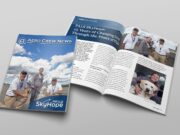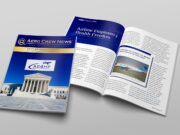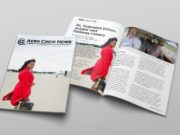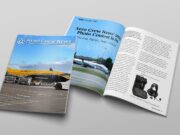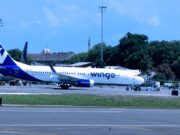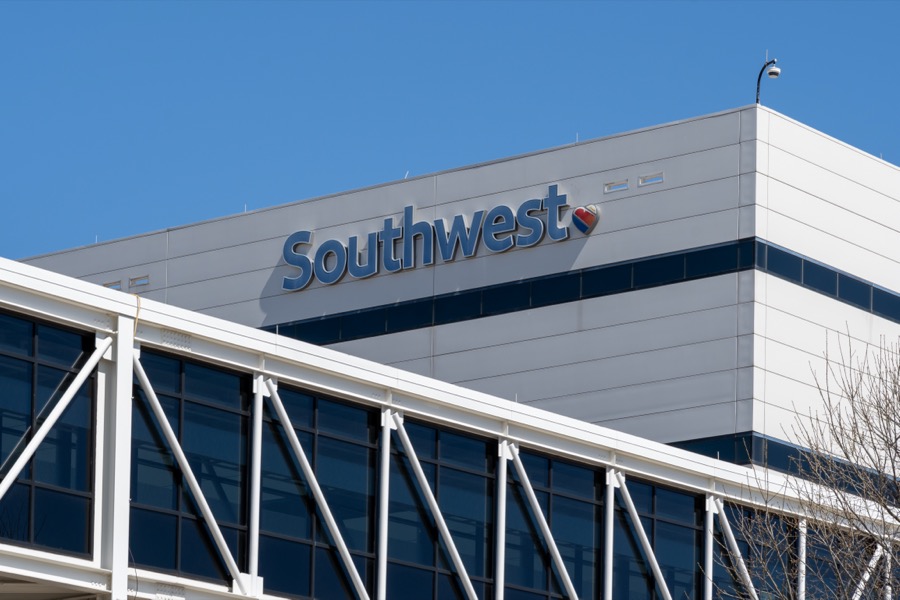
DALLAS—Southwest Airlines Co. (the “Company”) today announced a reduction in its workforce to create a leaner and more agile organization as part of the airline’s transformational plan.
The workforce reduction of approximately 1,750 Employee roles is focused almost entirely on corporate overhead and leadership positions and represents approximately 15% of corporate positions, including senior leadership and directors. Eleven senior leadership positions (Vice President and above), also representing 15% of the Company’s senior management committee, will be eliminated as part of this restructuring. Separations will be substantially complete by the end of second quarter 2025.
“This decision is unprecedented in our 53-year history, and change requires that we make difficult decisions. We are at a pivotal moment as we transform Southwest Airlines into a leaner, faster, and more agile organization,” said Bob Jordan, President, Chief Executive Officer & Vice Chairman of the Board of Directors. “I arrived at this decision thoughtfully and carefully, knowing how hard it will be to say goodbye to colleagues who have been a significant part of our Southwest Culture and accomplishments. I’m grateful to all Southwest Employees who have shared in our legendary history and to those that will guide us into the next era of Southwest Airlines.”
As a result of this workforce reduction, the Company estimates partial year 2025 savings to be approximately $210 million and full-year 2026 savings to be approximately $300 million. These savings exclude an expected one-time charge in first quarter 2025 in the range of $60 million to $80 million, substantially all of which is related to severance payments and post-employment benefits, which the Company expects to treat as a special item. One-time costs will vary based on specific Employee elections during the workforce reduction. The Company will continue to report on additional cost-savings actions as 2025 progresses.
Cautionary Statement Regarding Forward-Looking Statements
This press release contains forward-looking statements within the meaning of Section 27A of the Securities Act of 1933, as amended, and Section 21E of the Securities Exchange Act of 1934, as amended. Specific forward-looking statements include, without limitation, statements related to (i) the Company’s intentions to create a leaner and more agile organization; (ii) the Company’s expectations with respect to its transformational plan; (iii) the Company’s estimates related to timing and number of separations, Employee elections, one-time severance payments, and post-employment benefits; (iv) the Company’s expectations related to future cash expenditures, including the factors and assumptions underlying the Company's expectations; (v) the Company’s expectations with respect to savings associated with the reduction in workforce actions; and (vi) the Company's financial and operational outlook, expectations, goals, plans, targets, and projected results of operations, and including factors and assumptions underlying the Company's expectations and projections. These forward-looking statements are based on the Company's current estimates, intentions, beliefs, expectations, goals, strategies, and projections for the future and are not guarantees of future performance. Forward-looking statements involve risks, uncertainties, assumptions, and other factors that are difficult to predict and that could cause actual results to vary materially from those expressed in or indicated by them. Factors include, among others, (i) the impact of fears or actual outbreaks of diseases, extreme or severe weather and natural disasters, actions of competitors (including, without limitation, pricing, scheduling, capacity, and network decisions, and consolidation and alliance activities), consumer perception, economic conditions, banking conditions, fears or actual acts of terrorism or war, sociodemographic trends, and other factors beyond the Company's control, on consumer behavior and the Company's results of operations and business decisions, plans, strategies, and results; (ii) the Company's ability to timely and effectively implement, transition, operate, and maintain the necessary information technology systems and infrastructure to support its operations and initiatives, including with respect to revenue management and assigned and premium seating; (iii) the Company’s ability to obtain and maintain adequate infrastructure and equipment to support its operations and initiatives; (iv) the impact of fuel price changes, fuel price volatility, volatility of commodities used by the Company for hedging jet fuel, and any changes to the Company's fuel hedging strategies and positions, on the Company's business plans and results of operations; (v) the Company's dependence on The Boeing Company (“Boeing”) and Boeing suppliers with respect to the Company's aircraft deliveries, Boeing MAX 7 aircraft certifications, fleet and capacity plans, operations, maintenance, strategies, and goals; (vi) the Company's dependence on the Federal Aviation Administration with respect to safety approvals for the new cabin layout and the certification of the Boeing MAX 7 aircraft; (vii) the Company's dependence on other third parties, in particular with respect to its technology plans, its plans and expectations related to revenue management, operational reliability, fuel supply, maintenance, Global Distribution Systems, environmental sustainability, and the impact on the Company's operations and results of operations of any third party delays or nonperformance; (viii) the Company’s ability to timely and effectively prioritize its initiatives and focus areas and related expenditures; (ix) the impact of labor matters on the Company's business decisions, plans, strategies, and results; (x) the impact of governmental regulations and other governmental actions on the Company's business plans, results, and operations; (xi) the Company's dependence on its workforce, including its ability to employ and retain sufficient numbers of qualified Employees with appropriate skills and expertise to effectively and efficiently maintain its operations and execute the Company’s plans, strategies, and initiatives; (xii) the cost and effects of the actions of activist shareholders; and (xiii) other factors, as described in the Company's filings with the Securities and Exchange Commission, including the detailed factors discussed under the heading “Risk Factors” in the Company's Annual Report on Form 10-K for the fiscal year ended December 31, 2024.



